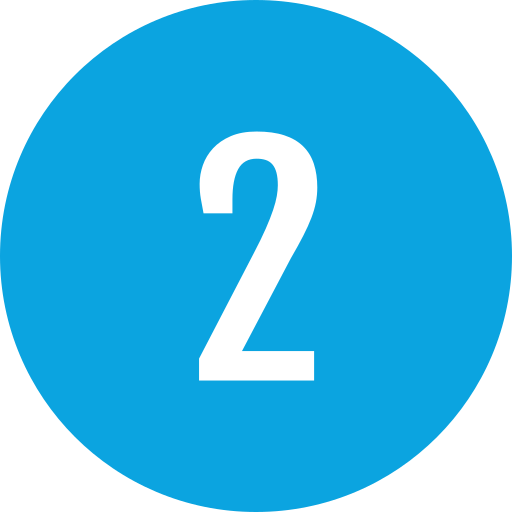- Home
- Copy Trading
Best Day Trading Platforms and Brokers in 2024

Written By
James Barra

Edited By
William Berg

Edited By
Tobias Robinson
Copy trading involves replicating another trader’s positions through a copy trading platform. This approach can be an excellent way for beginners to start trading and learn with minimal effort, as it enables them to observe the strategies of more experienced traders. However, it also carries risks and reduces control, meaning that while there are many success stories, consistent success is not guaranteed for everyone.
This beginner’s guide will explain what copy trading is, how it works, and how to get started. We’ll also explore its pros and cons and highlight the top copy trading platforms available for you to try.
Key Takeaways
A contract for difference is an agreement between two parties to pay the difference between the opening and closing price of an asset.
They are flexible instruments that allow traders to profit (or lose) from changes in asset values without having to own the underlying security.
A contract for difference is an agreement between two parties to pay the difference between the opening and closing price of an asset.
CFDs can be used to gain exposure to a variety of asset classes including stocks, commodities, forex and cryptocurrencies.
Traders have the option of opening both long and short positions, thus allowing them to make profits even when markets fall.
Top 4 CFD Brokers in South Africa

IC Markets


Deriv.com
Download forextradingadvices.com’s CFD Day Trading PDF
What is Copy Trading?
How Does Copy Trading Work?

How to Start Copy Trading
- Choose a broker
- Open an account
- Deposit money to your account
- Choose a trader to copy
- Choose how much money to use
- Start trading
Choose a Broker
Open an Account
Deposit Money to Your Account
Choose a Trader to Copy
Choose How Much Money to Use
Start Trading
Markets
Movements in currency pairs are measured in pips, which stands for ‘percentage in point’ or ‘price interest point.’ Like EUR/USD, the majority of pairs are quoted at four or five decimal places.
When searching for the price of a forex pair a trader will see two prices. These are the bid price, the price at which a trader can sell a forex pair, and the ask price, which is the price at which a trader can buy a currency pair.
The difference between these two prices is known as the spread. It is also measured in pips, and illustrates the profit a broker will make on a specific transaction. Day traders need to pay close attention to this: large spreads can eat into profits.
Pros & Cons Of Forex Day Trading
For retail investors, participating in the foreign exchange market carries a range of advantages and disadvantages. These include:
- Trades can be placed 24 hours a day, five days a week. This provides excellent flexibility and means participants don’t have to worry about things like exchange opening times.
- Most of the top forex day trading brokers offer a vast range of currency pairings to trade. More choice equals more opportunities to make a profit.
- High liquidity means that day traders can enter and exit positions quickly.
- The costs and fees associated with forex trading are usually much lower than those of other financial markets. In fact, some brokers operate on a ‘zero commission’ basis.
- Traders can get much higher levels of leverage through margin trading. This can amplify gains by providing a trader with more capital. But beware: it can also multiply losses if a trade goes wrong.
- Forex prices can be highly volatile and movements are hard to predict. Whilst this presents opportunities to make a profit, it can also open the door to losing a lot of money.
- Forex trading is complex and requires a solid knowledge and understanding of fundamental and technical analysis (the method of forecasting price movements using charts and data). Those who have neither the time nor resources to become experts leave themselves open to making large losses.
- The health and performance of a specific currency are tied closely to those of the issuing country or region. So signs of economic or political turmoil can cause a counter to plummet. This is a particular danger for developing nation currencies.



